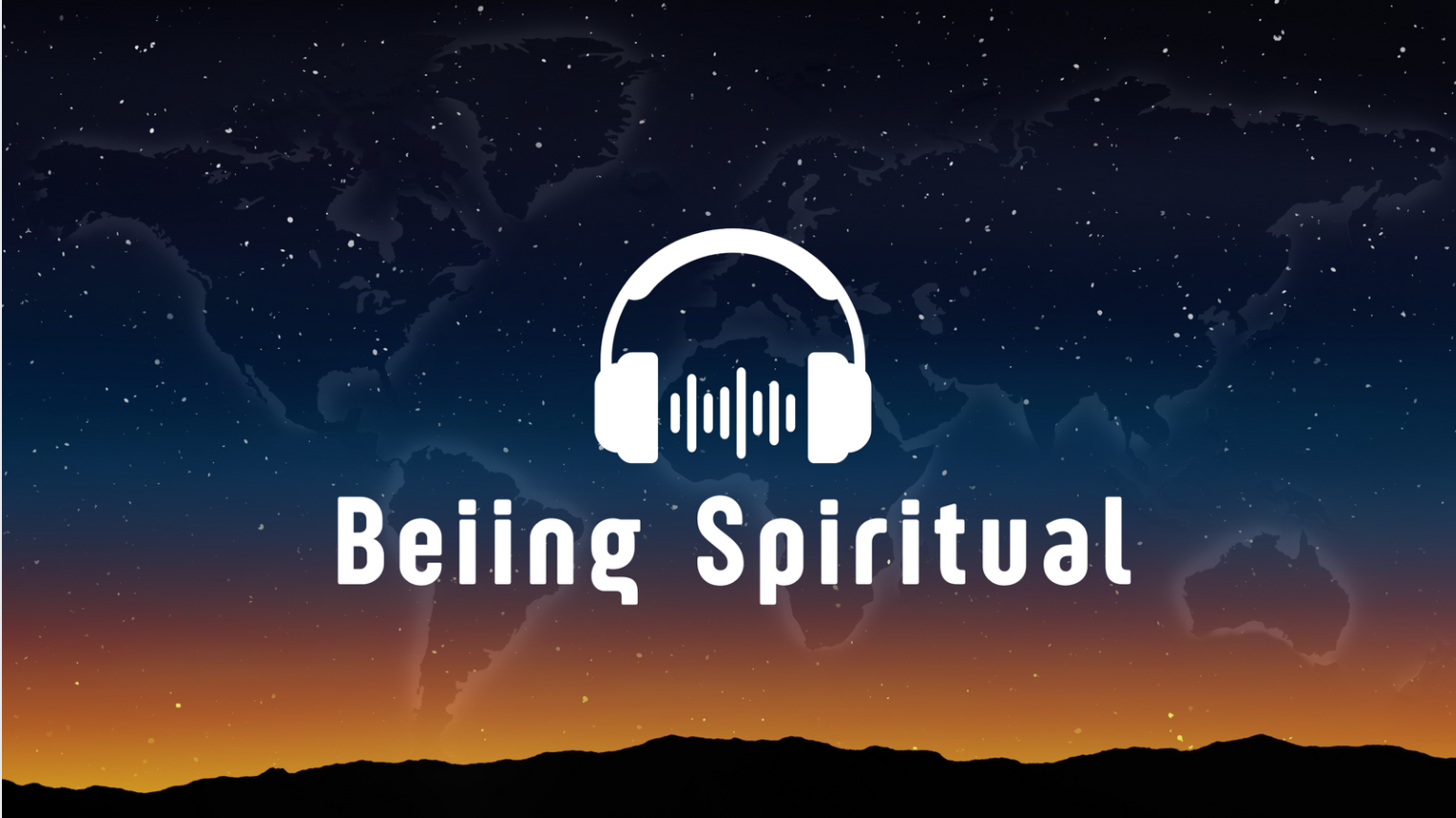🌸 A New Dawn in Ancient India
Imagine India 2,500 years ago — a land rich in rituals, sacrifices, and complex philosophies. For many, religion had become a maze of ceremonies that ordinary people found difficult to follow. Into this world was born Prince Siddhartha of Kapilavastu, who later became the Buddha — the Awakened One.
Buddha’s message was simple: life has suffering, but there is also a way out. His teachings were not confined to scholars and priests. Instead, he spoke directly to the hearts of farmers, traders, kings, and monks.
🕊️ Core Principles of Buddhism
The Four Noble Truths
- Dukkha — Life is full of suffering, from birth to old age, from desire to loss.
- Samudaya — Suffering has a cause, rooted in craving and ignorance.
- Nirodha — Suffering can end, like extinguishing a flame.
- Magga — There is a path to end suffering — a path of discipline and training.
Buddha often reminded his followers: “I teach only suffering and the end of suffering.”
The Middle Way
Buddha’s own life showed extremes: first as a prince with every luxury, then as an ascetic starving in forests. Neither brought peace. He discovered the Middle Way — a balanced path avoiding both indulgence and harsh denial.
This idea is as relevant today as ever: balance in work, relationships, health, and inner life.
The Eightfold Path (The Practice of Balance)
Buddha gave a step-by-step training program for life:
- Right View — See reality as it is.
- Right Intention — Commit to compassion and non-harming.
- Right Speech — Speak truthfully, kindly, and wisely.
- Right Action — Live ethically, avoid harm.
- Right Livelihood — Earn a living honestly.
- Right Effort — Cultivate wholesome habits.
- Right Mindfulness — Stay aware of thoughts and emotions.
- Right Concentration — Meditate to calm and focus the mind.
Together, these are like a compass pointing to peace. See more details about “The Eightfold Path” here.
🔥 Key Buddhist Concepts
- Dependent Origination (Pratītyasamutpāda): Everything arises due to conditions. End craving, and the chain of suffering breaks.
- Nirvana: Liberation from suffering and ignorance; like a flame going out, revealing peace.
🌍 Why Buddhism Spread So Widely
- Spoke in local languages (Pāli, Prakrit), not just Sanskrit — reaching common people.
- Focused on ethics and compassion, not rituals.
- Gave hope: liberation is possible for anyone, not only priests.
- Adaptability: It spread from India to Sri Lanka, China, Tibet, Japan, and now the whole world.
🌺 Closing Reflection
Buddhism is not about blind belief, but about practice and experience. It teaches us that while suffering is part of life, it is not the final word. Through awareness, compassion, and balance, we can find peace within ourselves.
When we later read about Ādi Shankaracharya, we will see how his Advaita Vedanta engaged with this powerful Buddhist wave — but the Buddha’s message itself remains timeless:
Wisdom, compassion, and balance lead to freedom.





प्रातिक्रिया दे